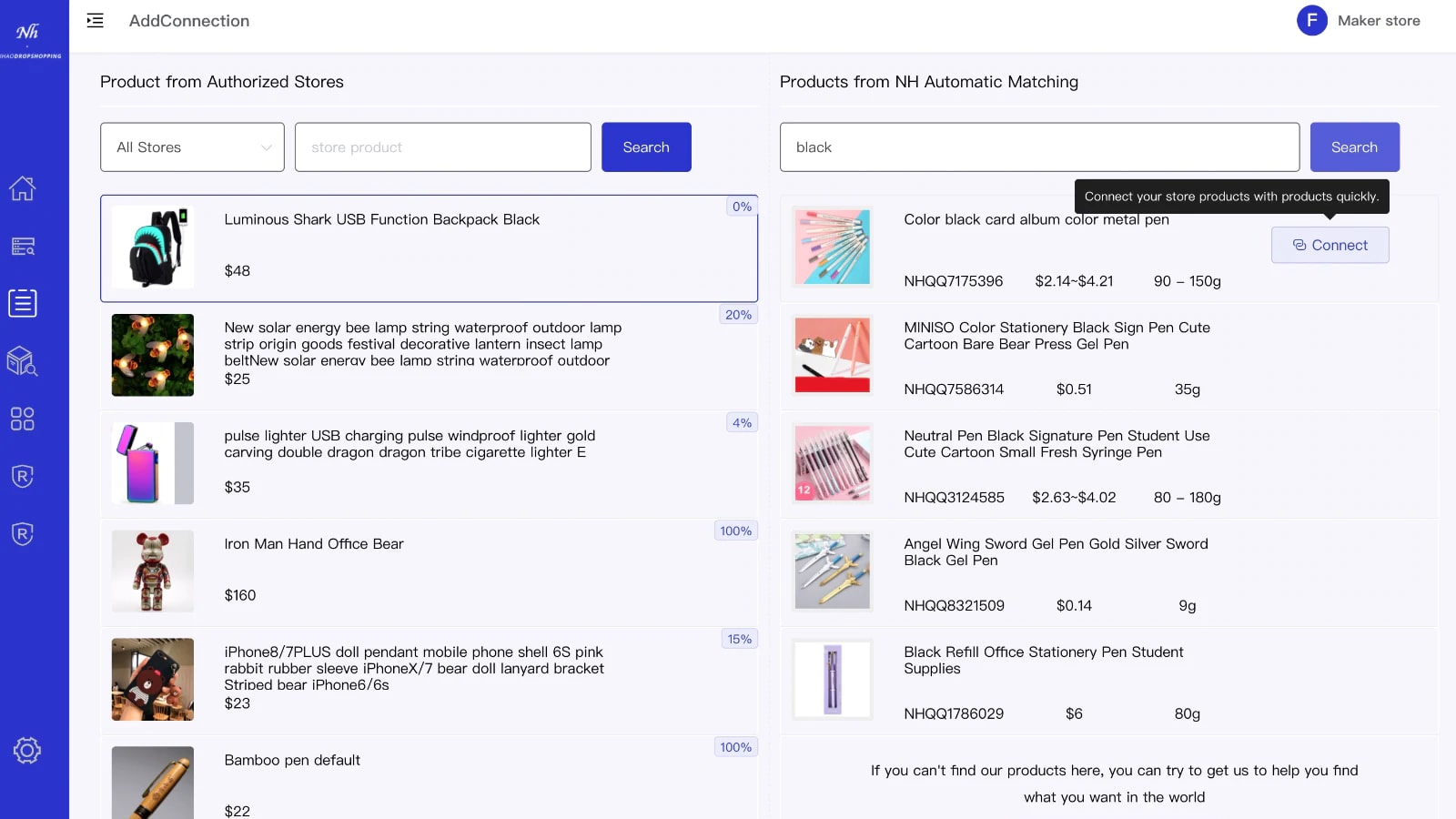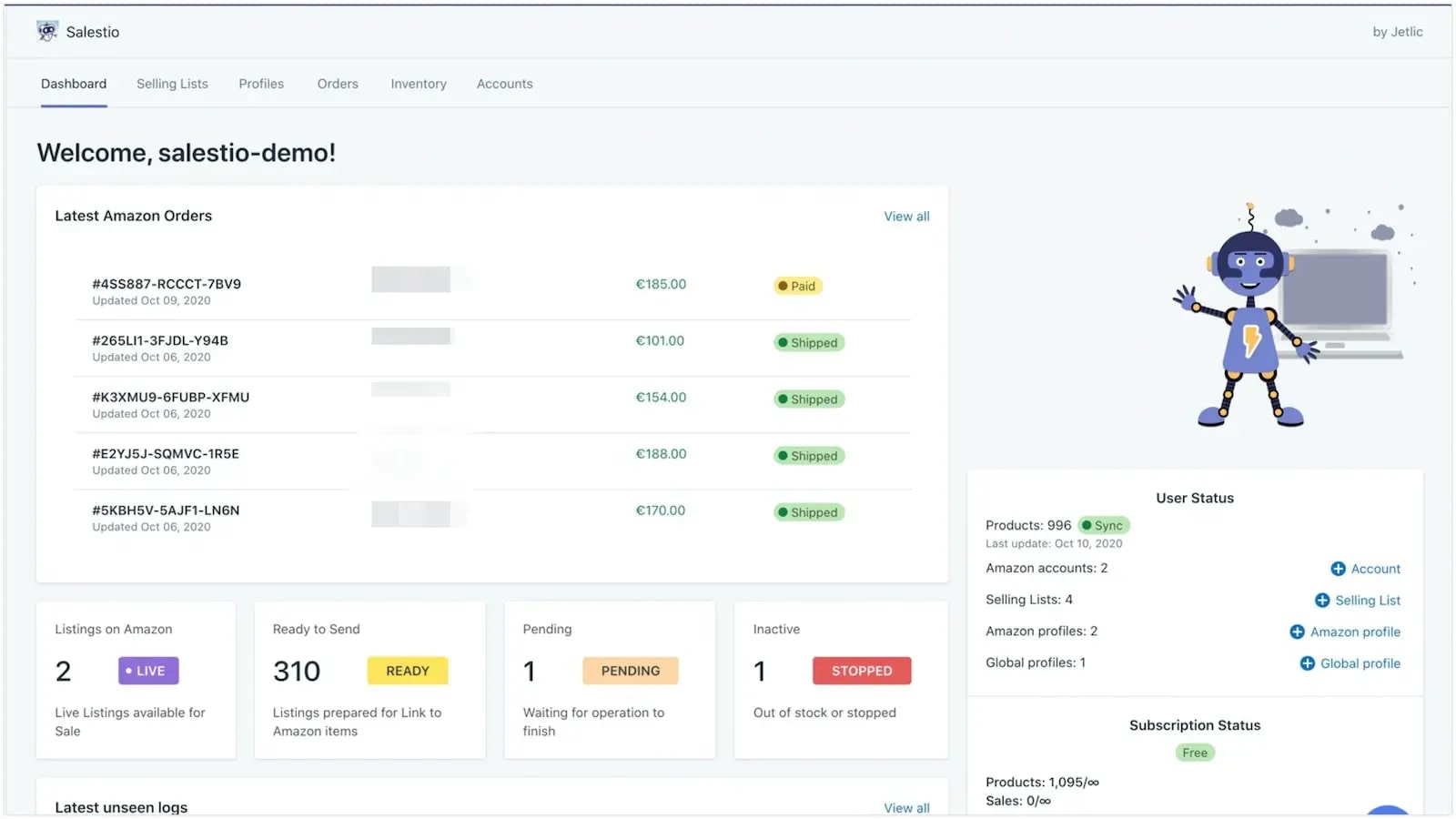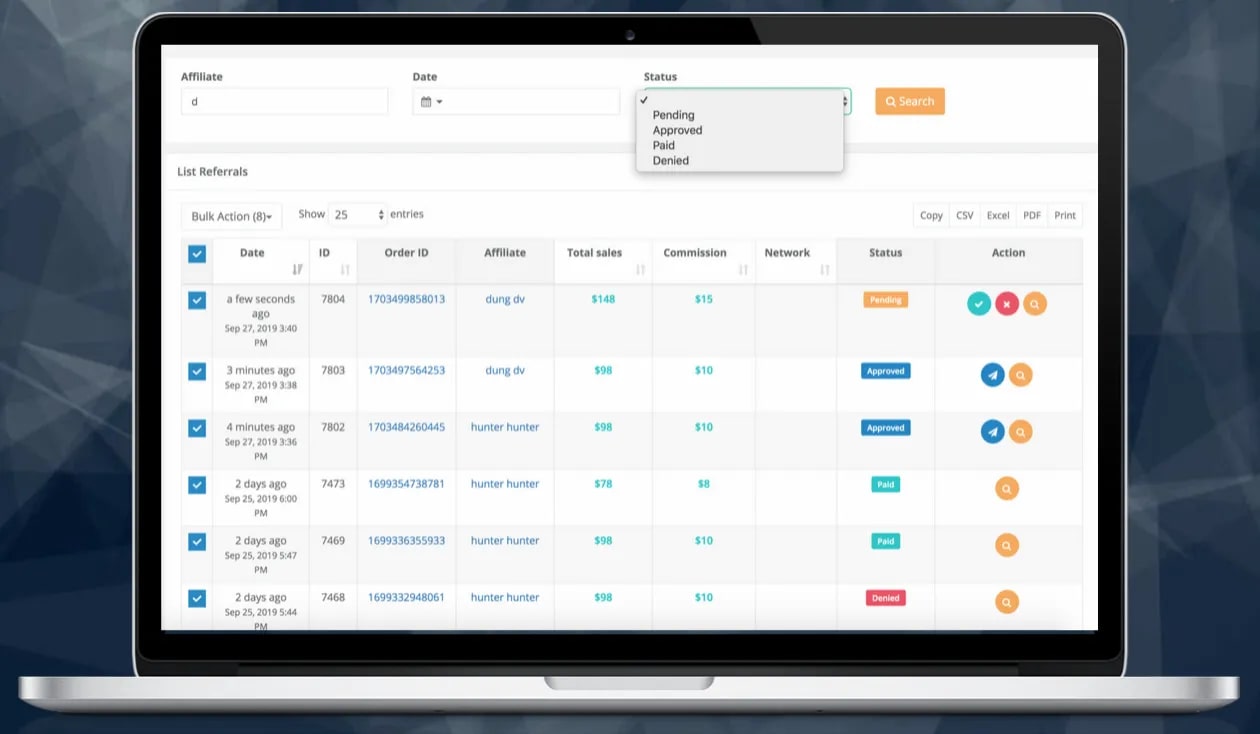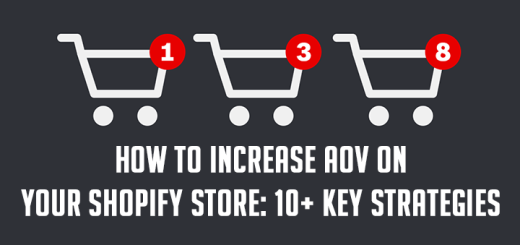The Best Effective Strategies To Sell Online Without Inventory Management
In the fast-paced world of online commerce, managing inventory can be a daunting and resource-intensive task for businesses. However, with the advent of innovative strategies, entrepreneurs can now embrace the idea of selling online without the complexities of inventory management. This article presents a comprehensive exploration of the most effective and game-changing approaches to achieving success in e-commerce without the burden of inventory. From dropshipping and print-on-demand services to digital products and affiliate marketing, we uncover the key strategies that empower businesses to flourish and thrive in the competitive digital marketplace. Join us as we uncover the secrets to streamline your online selling journey, maximizing profits while minimizing inventory management headaches.
Here is the list of the best effective strategies to sell online without inventory management:
1. Dropshipping
Dropshipping is one of the most effective strategies for online selling without the need for inventory management. In this model, sellers do not have to purchase or store any products themselves. Instead, when a customer places an order, they simply forward the request to a supplier or manufacturer who already has the items in stock and can directly ship the product to the buyer.
This approach offers several advantages to online retailers. Firstly, it eliminates the burden of managing inventory, reducing operational costs and risks associated with excess stock. Secondly, it allows businesses to offer a wide range of products without having to invest in upfront inventory. Lastly, dropshipping enables entrepreneurs to focus on marketing, customer service, and growing their online store, resulting in a more streamlined and scalable e-commerce venture.
By harnessing the power of drop shipping, businesses can optimize their online selling experience and achieve greater efficiency and profitability in the competitive world of e-commerce.

Read more: 12+ Dropshipping Apps for Sourcing Products on Shopify
2. Print on demand (POD)
Print on Demand (POD) is a highly effective and popular approach for selling products online without the need for inventory management. With POD, sellers collaborate with print providers who handle the production and shipping of customized products only when orders are received.
This strategy offers immense flexibility, as it allows businesses to offer a diverse range of personalized items such as t-shirts, mugs, phone cases, and more, without investing in bulk quantities. Instead, products are created on demand, reducing upfront costs and eliminating the risks associated with excess inventory.
POD enables entrepreneurs to focus on design, branding, and marketing, giving them the ability to constantly adapt and expand their product offerings to meet consumer demands. By harnessing the potential of Print on Demand, online sellers can provide unique, tailor-made products to customers while maintaining a lean and efficient inventory-free business model.

Read more: 3+ Best Shopify 2.0 themes for POD T-shirt store
3. Get Started with Amazon
“Get Started with Amazon” refers to utilizing the Fulfillment by Amazon (FBA) service, which allows online sellers to reach a vast customer base without worrying about inventory management. With FBA, sellers send their products to Amazon’s fulfillment centers, and the e-commerce giant takes care of warehousing, packing, and shipping orders to customers.
This strategy offers numerous benefits, including the immense reach of Amazon’s marketplace and its reputation for reliable and fast shipping. Sellers can leverage Amazon’s infrastructure and logistics to handle the complexities of inventory, freeing up their time to focus on marketing and growing their business.
By tapping into the power of Amazon’s FBA program, entrepreneurs can access a wide audience, enhance customer trust, and enjoy a hassle-free selling experience, all while avoiding the burdens of traditional inventory management.

Read more: 8+ Best Shopify Amazon Synchrony Apps
4. Employ a third-party logistics (3PL) partner
“Employing a third-party logistics (3PL) partner” involves outsourcing the entire logistics and order fulfillment process to a specialized company. These 3PL providers are equipped with the infrastructure, expertise, and resources to handle inventory storage, packaging, and shipping on behalf of the online seller.
By collaborating with a 3PL partner, businesses can eliminate the need for managing their own warehouse and inventory, thus reducing operational costs and complexities. This approach allows online sellers to focus on core aspects of their business, such as marketing, product development, and customer engagement, while ensuring that the fulfillment process is handled efficiently.
Choosing the right 3PL partner can lead to improved order accuracy, faster shipping times, and enhanced customer satisfaction. As a result, entrepreneurs can scale their online operations seamlessly, without the burden of inventory management, and deliver a superior shopping experience to their customers.
5. Affiliate
Creating an affiliate store is a powerful strategy for selling products online without the need for inventory management. In an affiliate store model, sellers act as affiliates for other companies’ products and earn commissions for every sale they drive through their unique affiliate links.
This approach offers several advantages, such as minimal upfront investment and the ability to promote a wide range of products from different brands. As the affiliate, the responsibility for inventory management, order fulfillment, and customer service lies with the product owner or merchant.
By leveraging the vast array of products available through affiliate programs, entrepreneurs can curate their online stores with diverse offerings that cater to specific niches and audiences. This strategy allows sellers to concentrate on marketing and driving traffic to their affiliate store, enabling them to earn passive income without the complexities of inventory management.

Read more: The Top 15+ Shopify Affiliate Program Apps
6. Trading in digital goods and providing services
“Trading in digital goods and providing services” is a highly effective and inventory-free approach to online selling. In this strategy, entrepreneurs offer intangible products or services that can be delivered electronically, such as e-books, software, online courses, graphic designs, consulting services, and more.
By selling digital goods, sellers eliminate the need for physical inventory and shipping logistics. This allows them to reach a global audience instantly, as customers can access and download the products or services immediately after purchase.
Additionally, providing services, such as virtual assistance, content creation, or freelance work, allows entrepreneurs to capitalize on their expertise without the constraints of inventory management. This strategy provides a scalable and flexible way to generate revenue online, making it an attractive option for many digital entrepreneurs.
Trading in digital goods and providing services not only streamlines the selling process but also opens up diverse income streams, making it a powerful and sustainable strategy for those looking to thrive in the world of e-commerce without the burden of inventory management.

Read more: 9+ Best Shopify Apps for Selling Digital Products
Conclusion:
In conclusion, the world of e-commerce offers a plethora of innovative strategies for selling online without the hassles of inventory management. From the dynamic realm of dropshipping and print-on-demand services to leveraging the reach of renowned marketplaces like Amazon and affiliate programs, entrepreneurs have access to powerful tools to build thriving online businesses. Furthermore, the utilization of third-party logistics partners streamlines fulfillment processes, while trading in digital goods and offering services opens up new avenues for revenue generation. By embracing these effective strategies, sellers can focus on creativity, customer engagement, and business growth, ultimately achieving success and profitability in the ever-evolving landscape of inventory-free online selling.








